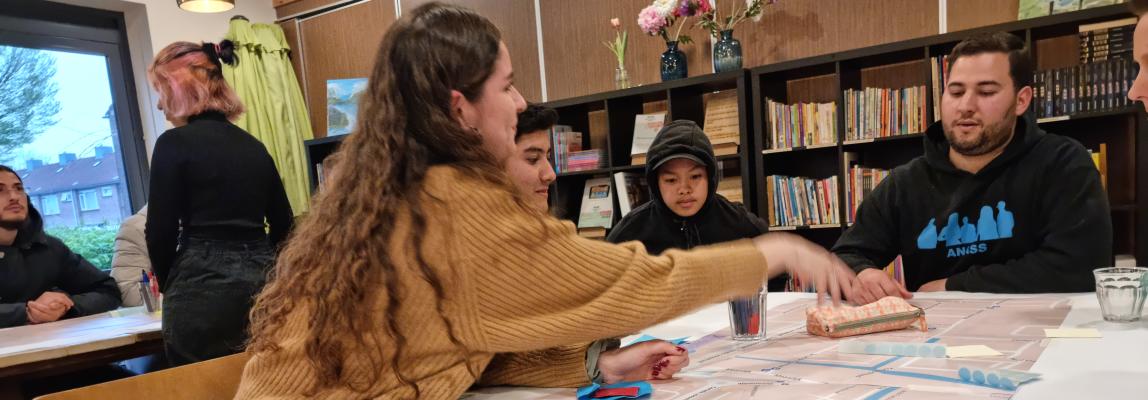
Using the DigiTwin for citizen engagement
09/18/2023 - 10:22
The Urban Living Lab Breda joins forces with the EIT Urban Mobility project (DVECE) on DigiTwins to explore how 3D visualisations of citizen’s lifeworld experiences can be translated to urban policy making. Especially in communities with people in vulnerable living conditions, it is hard to engage the voice of citizens actively in governance processes. The use of the DigiTwin requires the careful mediation of the interactions with citizens.